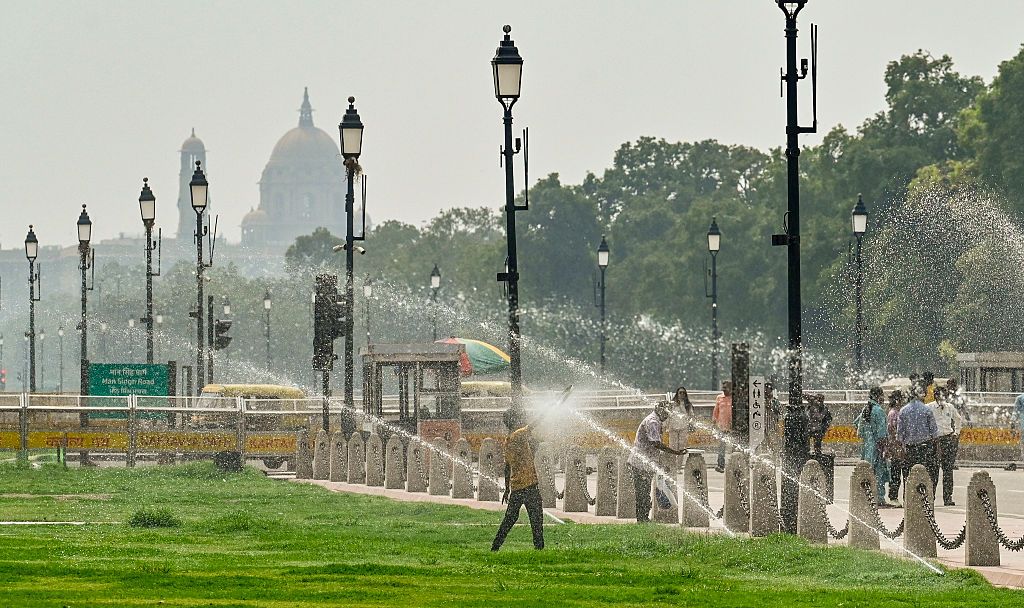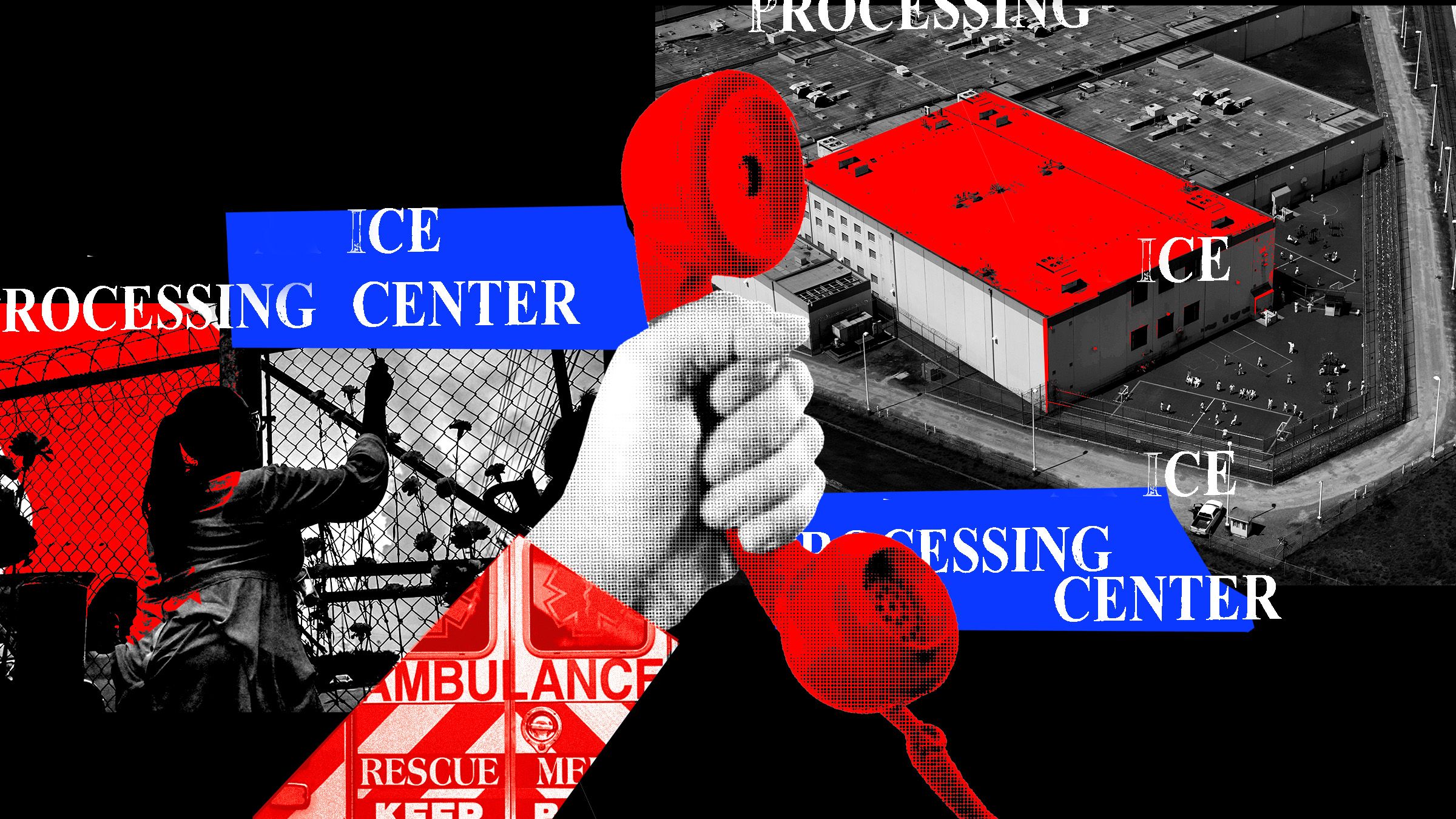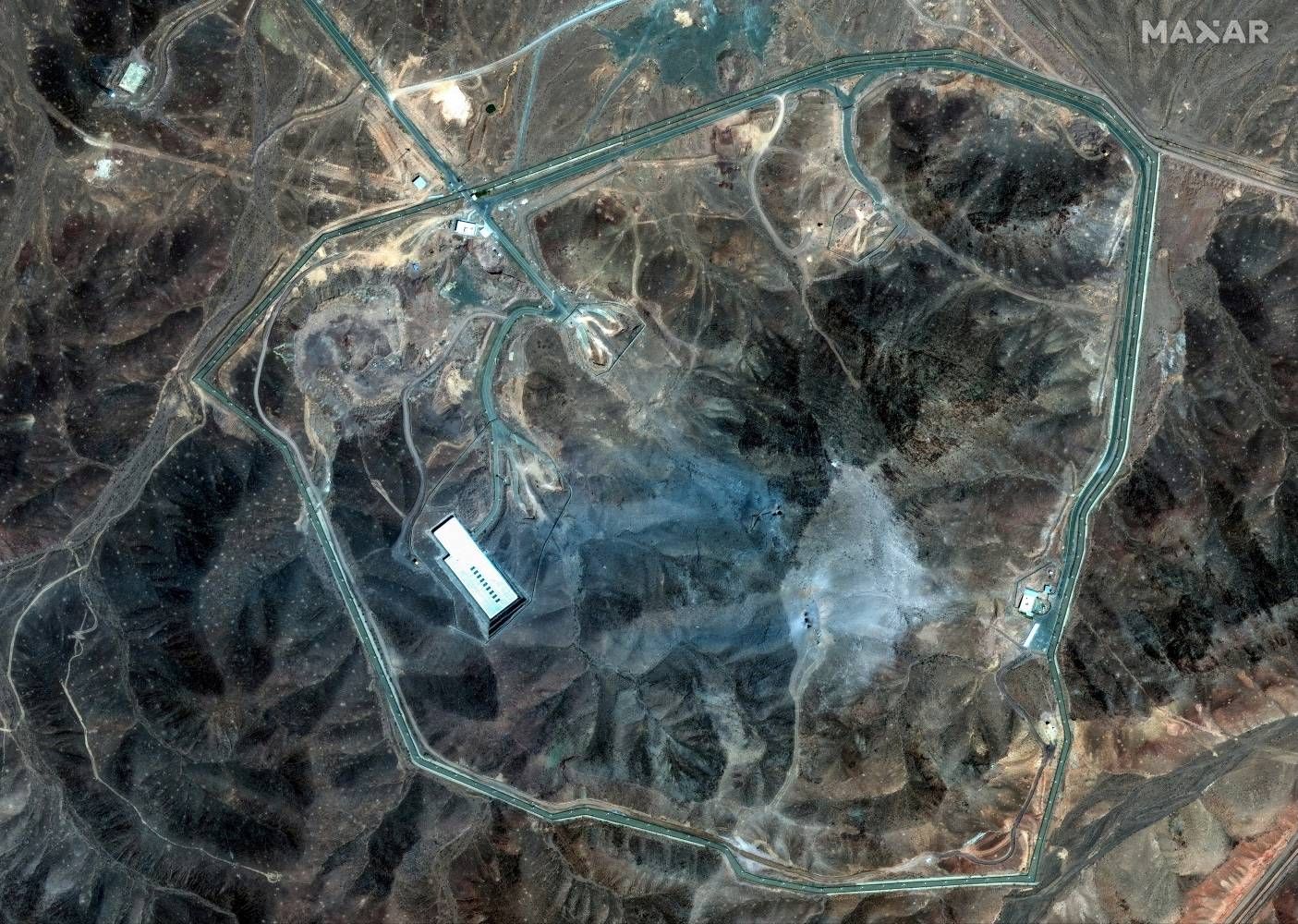India Is Using AI and Satellites to Map Urban Heat Vulnerability Down to the Building Level
India Is Using AI and Satellites to Map Urban Heat Vulnerability Down to the Building Level
India is at the forefront of using emerging technologies like Artificial Intelligence (AI)…

India Is Using AI and Satellites to Map Urban Heat Vulnerability Down to the Building Level
India is at the forefront of using emerging technologies like Artificial Intelligence (AI) and satellites to map urban heat vulnerability down to the building level. With a rapidly growing population and increasing urbanization, cities in India are facing the impact of urban heat islands, which are areas with significantly higher temperatures compared to rural areas.
By utilizing high-resolution satellite imagery and AI algorithms, researchers and policymakers in India are able to identify and prioritize areas that are most vulnerable to extreme heat. This detailed mapping allows for targeted interventions such as increasing green spaces, improving building design, and implementing heat action plans to mitigate the effects of urban heat islands.
These efforts are especially crucial in a country like India, where heatwaves are becoming more frequent and intense due to climate change. By mapping urban heat vulnerability down to the building level, authorities can better allocate resources and implement strategies to protect vulnerable populations, such as the elderly and low-income communities.
Furthermore, the use of AI and satellite technology in mapping urban heat vulnerability is a cost-effective and efficient way to gather data compared to traditional methods. This data-driven approach provides a comprehensive understanding of how urban heat islands form and evolve over time, allowing for informed decision-making and timely interventions.
As India continues to urbanize and face the challenges of climate change, leveraging technology like AI and satellites is crucial in building resilient and sustainable cities. By mapping urban heat vulnerability down to the building level, India is taking proactive steps to protect its citizens and create a more livable environment for all.
In conclusion, the use of AI and satellite technology in mapping urban heat vulnerability is a promising strategy that can help countries like India adapt to the impacts of climate change and create more climate-resilient cities. By prioritizing data-driven solutions and innovative technologies, India is laying the groundwork for a more sustainable future for its urban centers.






